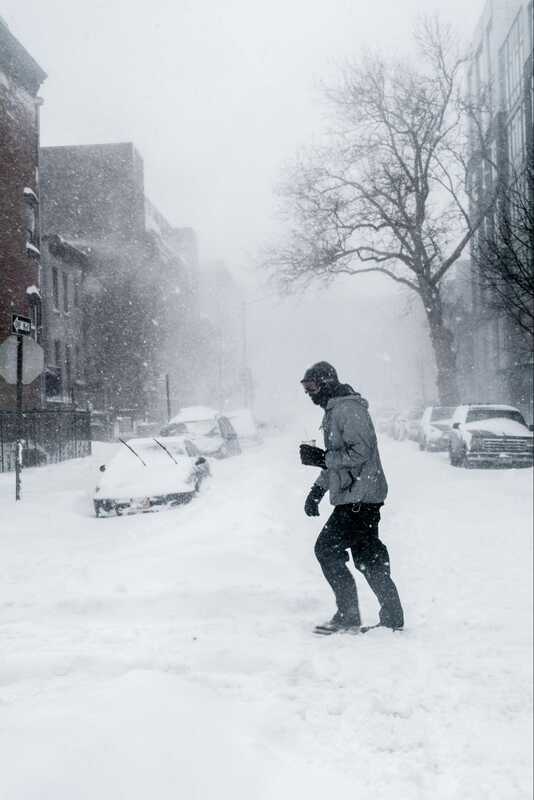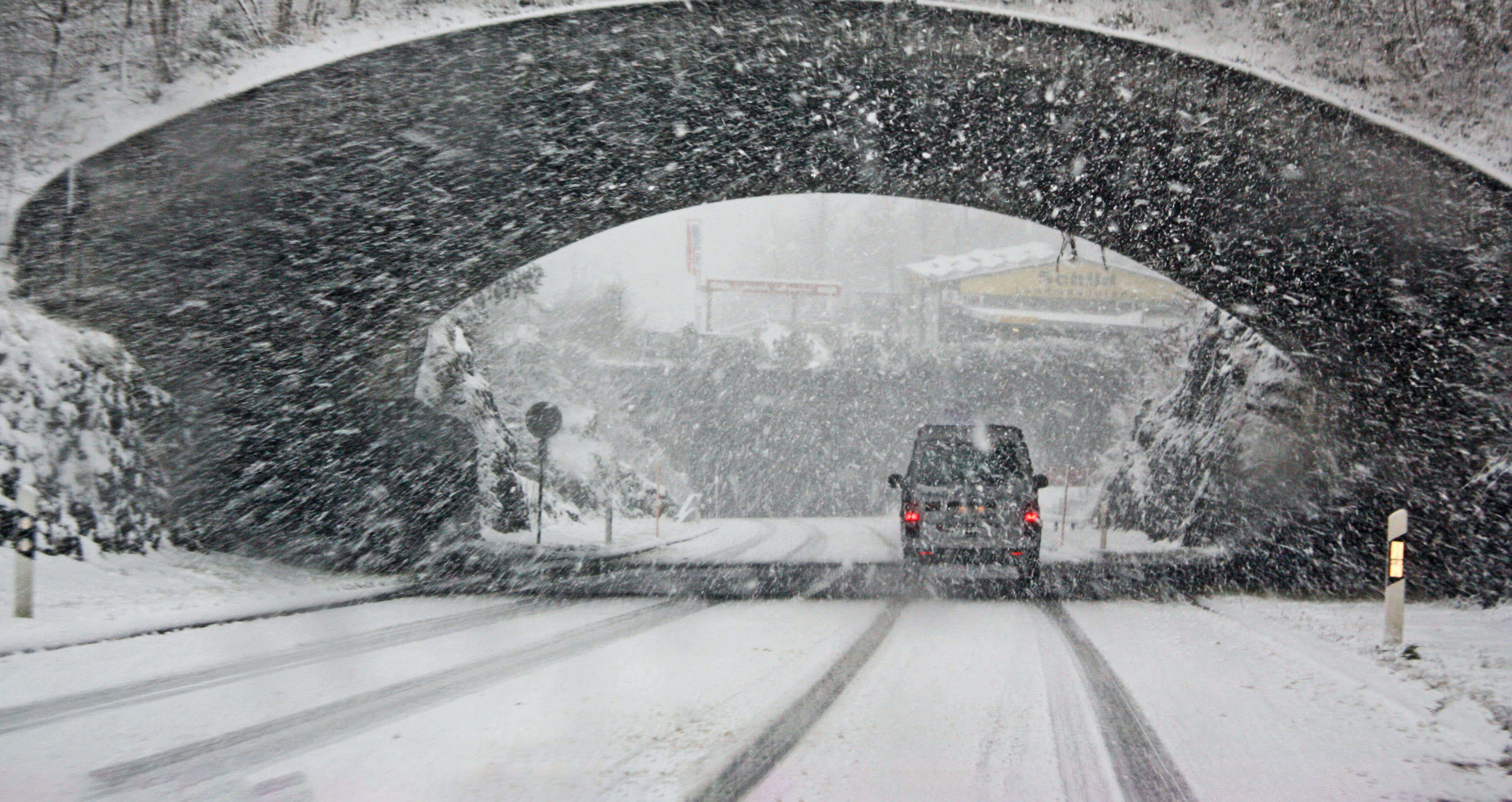With any emergency or crisis, you want to be well-prepared. Like coming up with a fire escape plan or buying car insurance, you do it hoping you’ll never have to use it. But it’s better to be safe than sorry, especially if communicating to your community falls on your organization’s shoulders.
This was the case for two staff members of St. John’s, Newfoundland’s local municipal communications team, Susan Bonnell and Kelly Mcguire. Here, we’ll retell the cautionary tale of the emergency, how their staff bore the brunt of it, and what they’d have done differently to better prepare.

A Chilling Tale
Flashback to January 17, 2020 - to a pre-COVID time when virtual press releases, remote work, and self-isolation would have sounded like dystopian fiction.
“We knew a storm was coming…” Susan said. The communications department, consisting of only seven employees at the time, was busy preparing the public for what they assumed would be an aggressive but largely harmless weekend snowstorm. Community members were nudged through social media to prepare for some heavy snowfall. The website was updated, news briefings were prepared, and messages like, “Do your grocery shopping today!” and “Charge your batteries!” were the buzz of the day. What they were saying was: all hands on deck, we can do this! But what they were really saying was: get ready for a cozy weekend indoors and hang tight; this should be a cinch.
“... We just didn’t know how bad it would be,” Susan continued. Things escalated quickly. Snow was accumulating fast. Winds were aggressive at 130+km/hr. Roads became impassable. Soon, 13,000 people were without power. By 10 am, all snow-clearing equipment was cleared. By 11 am on January 17, St. John’s declared a state of emergency for the first time in 35 years. Mayor Danny Breen says the decision wasn’t made lightly. Needless to say, this was clearly not the “weekend event” the community thought it would be. As one community member put it, “I had to use snowshoes to leave my house.”
What was expected to be a little snow turned out to be two weeks of intense overextension. Thousands of homes were without power or food security, and the media picture was one of inquiry overloads, chaotic press releases, before-and-after hours interviews, hijacked social media alerts, a few PSA frenzies, and several very exhausted city emergency communications staff.

Equipping Your Community for the Worst
If you listen closely, you can hear the sound of government communicators reading this story and shuddering.
Though “Snowmageddon” feels like a once in a lifetime occurrence, natural disasters like it are happening all the time. What’s worse: they all too frequently sneak up without a solid communication strategy to bolster communities in their time of need.
It’s commonplace for the local government to be the central communicator when things go awry. And in this case, this small municipality was prepared for a small-scale emergency that ended up escalating, becoming more and more unmanageable. You might be asking, how do we handle this with a solid communications strategy that’s ready for anything?
Here’s what Susan and Kelly wished they’d known earlier to avoid chaos and burnout:
-
Stay in Your Lane
Communicate the information that you are responsible for and leave the rest to the respective professionals. Susan and Kelly acknowledged that they took on too much without being strategic in their approach. Simply reacting to whatever demand came their way was not enough to help and only caused more confusion for the public.
-
Be Present
There’s no replacement for being a physical presence during a crisis. But a strong online presence is becoming more important for safety communications, not to mention fostering community solidarity and public confidence. This requires a foolproof plan for being a supportive and reliable (online) presence.
-
Stick to the Playbook
Stay close to your team when times get rough. Navigating internal and external pressures is easier when everyone knows the rules of engagement from the start.
At Evolving Web, we’ve worked with many governmental organizations to develop foolproof communications strategies in their arsenal and strong landing pages that help them walk the walk in emergencies.

Consider the Worst-Case Scenario and Work Backwards
Ask yourself, “What’s the worst thing that could happen?” Then decide how you’d tackle it. As a general rule, it’s easier to scale down rather than amp up, especially when you’re in crisis mode.
Questions to ask your team:
-
Do we have a defined scope of communication to the public during a crisis? What does it look like?
-
What day-to-day communication strategies are currently working for us? Can we leverage those to strengthen our crisis communications?
-
What external pressures might we come across? How can we manage them together?
-
How do we initiate, build, and honour relationships in the community? Who will our allies be during our toughest times? An example from St. John’s: once roads cleared, all local taxi companies offered free rides to all passengers.
-
What are our digital platforms, and how will we leverage them? Is our audience on social media, or do we have text alerts set up?
-
What sort of tone do we want to strike? How do we want to position our municipality?
-
Do we feel prepared as a team? How can we communicate internally so we can be confident and ready?
-
Is our website up to date and accurate? Is it accessible offline in the case of a power outage? (Hint: Drupal is accessible because it’s available to download offline)
A Worthwhile Investment
In the planning stage, preparing for an emergency can feel like an inconvenience at best and a waste of time at worst. But as we’ve learned from St John’s, it’s better to develop a communications strategy that gets dusty than being rusty in a state of panic.
Whether you’re a municipal, provincial, federal government organization – or or any other company that has to consider emergency preparedness – the Evolving Web team can help you become better equipped to handle any situation.

